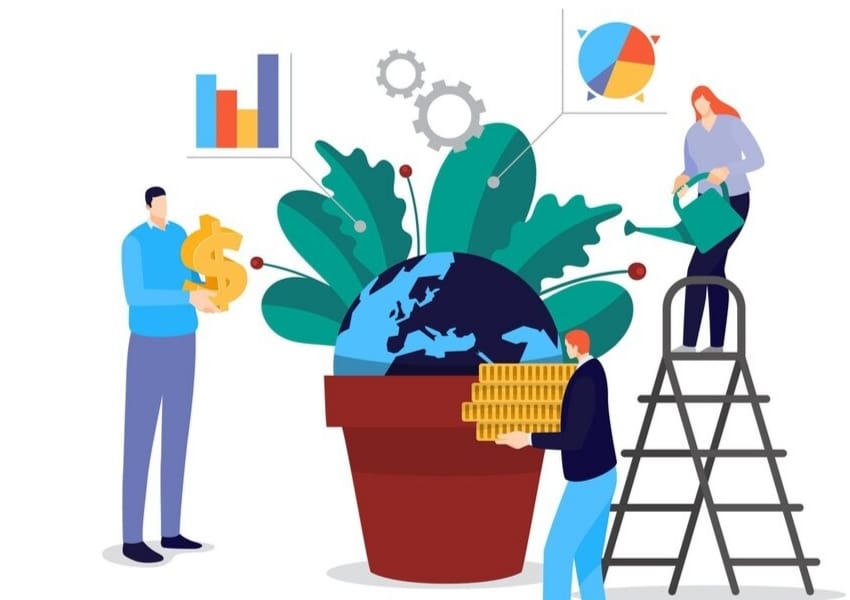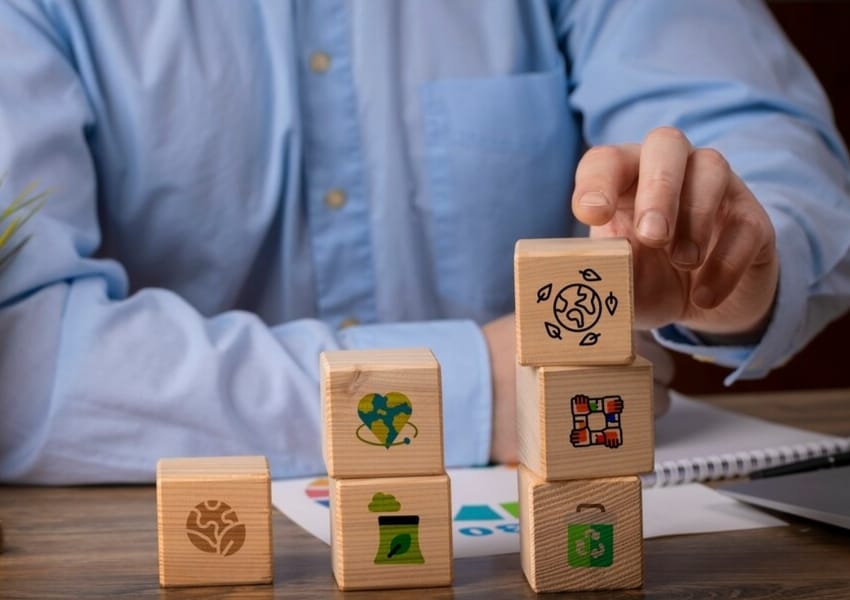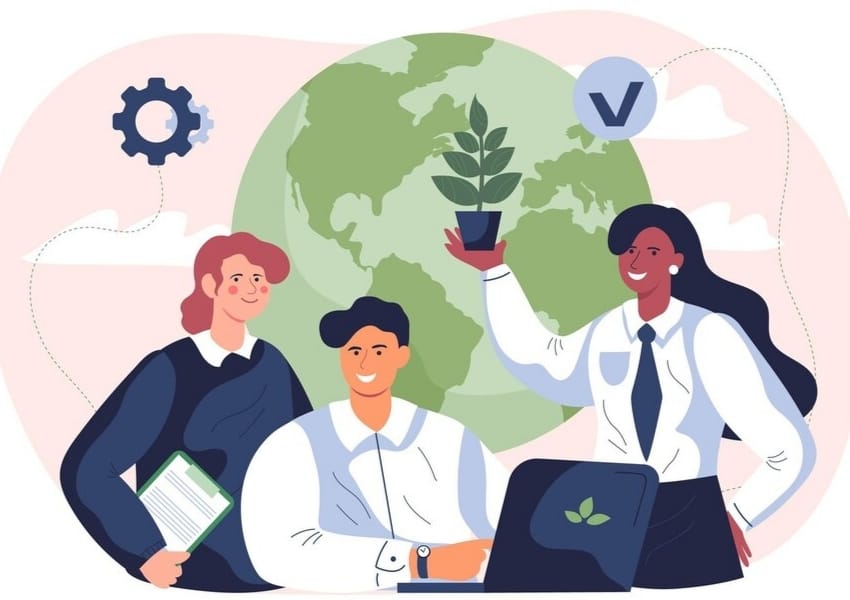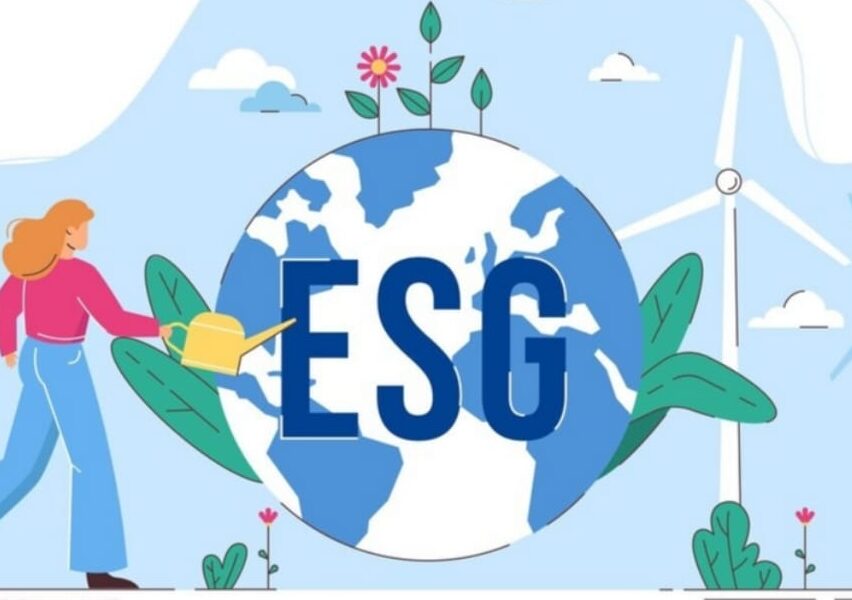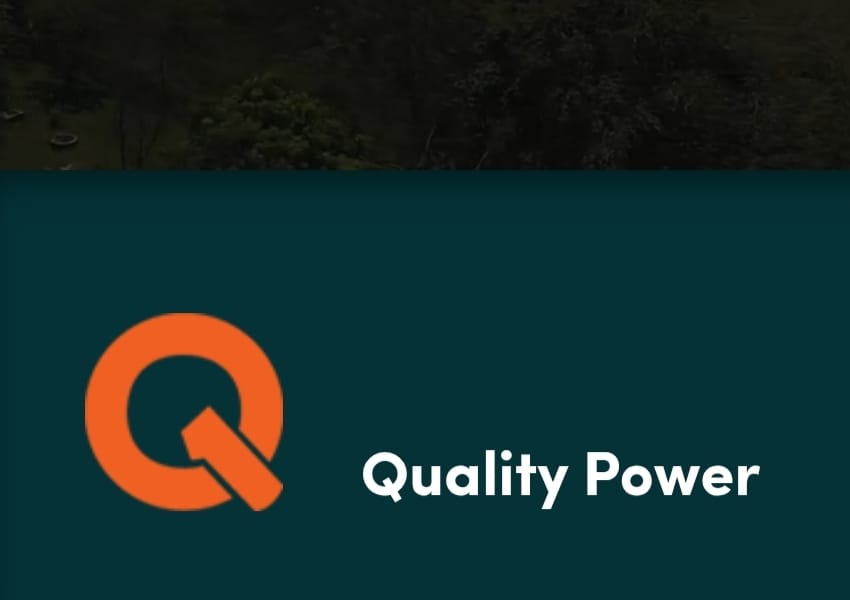Why Every Indian Household Holds the Key to India’s Waste Management Woes

Although the role accorded to citizens has been that of generators of waste, there is immense untapped potential for expanding their role in the waste value chain
Surekha Tawde’s routine is the same every night. She tightly packs up all the waste from the day in old plastic bags, and then on her customary night walk with her husband dumps it in the corner of a nearby park. Most families in her chawl do the same thing every night. Surekha and others like her are unaware of the environmental and economic ramifications of this small act.
A simple act of source segregation can reap monetary benefits and the cost of collection and transportation of waste could be reduced by at least 50%. Further, the quantum of waste also drops. By taking care of biodegradable waste by ourselves, we can roughly reduce 50-60% of household waste. So, how does this translate for a middle-class family in Mumbai, like that of Surekha’s? Ordinarily this family generates between one to three kg of mixed waste per day, after source segregation this drops further to 1.5 kg of waste that is finally handed to the waste collector.
In a world drowning in waste, citizens are often seen as culprits of waste rather than as catalysts of change. By participating in source segregation, disposal, and processing of waste responsibly the space required for landfills can be reduced by 90%. This could mean potentially clearing up 270 acres of the area of the existing 300-acre spread of Deonar landfill. Apart from freeing up land holding heritage waste, this also means bonus space for a cramped city like Mumbai.
Traditionally, citizens have been viewed as merely generators of waste in the waste value chain, with the Urban Local Bodies (ULBs) and waste workers expected to shoulder the burden of Solid waste management (SWM). However, this dynamic is fast changing with a more proactive role afforded to the communities in building a scientific waste value model.
The Swachh Bharat Mission envisions cleanliness as a “Janandolan” or people’s movement, emphasizing the importance of community involvement in cleaning up their environs. Whereas ULBs have an obligatory role in SWM, and informal workers look towards it as a source of livelihood, the citizens’ involvement in SWM is crucial – as an intangible, yet key determinant of change.
There is no denying the need to streamline our ULBs to efficiently collect and treat waste. However, their efforts are aided if communities segregate waste at source, this saves immense costs, resources and energy of cleaning and sorting waste.
The scientific temper, however, to source segregate daily and consistently, has not yet become ingrained in the majority of Indian households. For instance, in Gurugram, only 36% of households practice source segregation in the household, which means half a million kilograms of unsegregated waste per day. Statistics reveal an alarming reality for most of urban India, urban India generates nearly 42 million tons of solid municipal waste annually, that is 35,000 trucks full of waste per minute!
Here are three ways citizens and community groups can help in solving India’s waste management crisis:
Building citizen awareness and knowledge
Often times citizens are unaware of the types of waste, and what to do with hazardous waste and fail to understand the repercussions of dumping waste in the ocean or public spaces. A research study to gauge citizen knowledge and engagement in waste management in Delhi showed some shocking figures. As per the study comprising 3047 respondents, 60% of respondents did not know the difference between biodegradable and non-biodegradable waste, and only 2% of them segregated waste. This statistic brings to light the urgent need for an awareness campaign among the community to mobilize households on source segregation, anti-littering and facilitating local, community-level clean-up drives to send home the message of source segregation. Such a campaign can also develop, from the bottom up, the scientific temper needed to sustain this movement.
Proactive community groups
Fostering local community groups or Resident Welfare Associations (RWA) that are active participants in the waste value chain can sustain this movement. Look at Egypt, a community group known as the Zabbaleen have managed Cairo’s waste since the 1940s. Residents pay what they can for this service which has worked successfully to keep the city clean, reduce plastic pollution in waterways, and minimize carbon emissions. The Zabbaleen also helped reduce poverty levels as each ton of collected waste in Cairo is estimated to create about 17 direct and indirect jobs. These groups, apart from streamlining the essential waste services also serve as advocates for policy change.
Adopting a bespoke approach
India has over 33,000 informal urban settlements, inhabited by severely under-resourced communities. Residents of such communities have limited and irregular access to waste pick-up services. As a result, they end up throwing their waste either in the nearest water body or in a public corner, unofficially declared as the dustbin. Further, these informal settlements typically comprise small, cramped spaces housing 5 members or more families. Storing different types of dustbins for various types of waste is unfeasible for them. On the other hand, certain housing societies have a well-built system in place for segregating waste and even host compost pits in the locality. The approach for each of these segments is diverse as naturally their needs and demands are diverse. As policymakers, we need to account for these factors and strategize our approach accordingly.
Citizens, although considered generators of waste, also have tremendous potential in reducing India’s SWM challenges through source segregation  and conscientious behaviour that helps reverse the increase in the amount of waste generated. India has a rich heritage and traditional systems of knowledge that prioritize self-sufficiency and optimum use of resources. However, with changing consumption patterns and a fast pace of living, we seem to be embracing a wasteful lifestyle. We need to step in as society leaders to foster a community that uses resources mindfully, segregates waste and adopts a conscientious way of being.
and conscientious behaviour that helps reverse the increase in the amount of waste generated. India has a rich heritage and traditional systems of knowledge that prioritize self-sufficiency and optimum use of resources. However, with changing consumption patterns and a fast pace of living, we seem to be embracing a wasteful lifestyle. We need to step in as society leaders to foster a community that uses resources mindfully, segregates waste and adopts a conscientious way of being.









